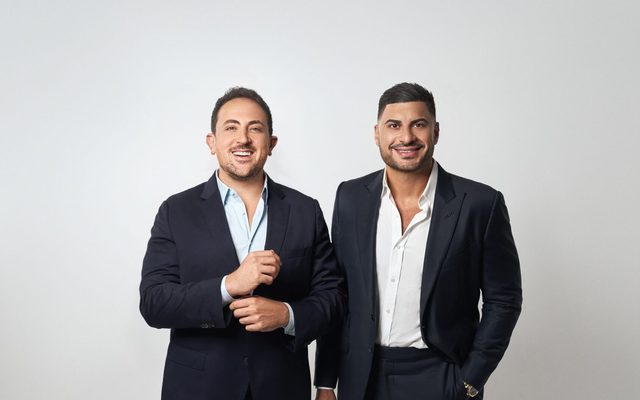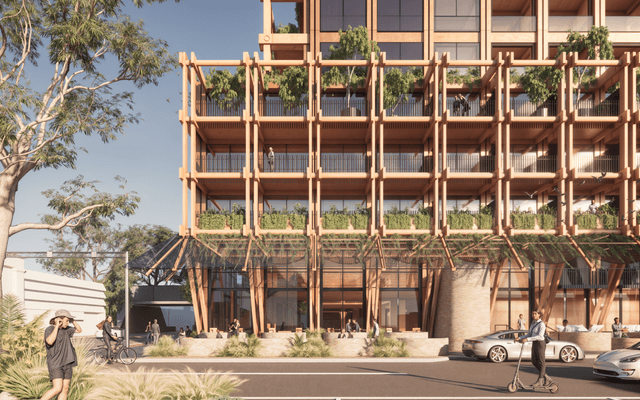This article is from the Australian Property Journal archive
THE next area to cater to Brisbane's population boom will be the middle ring suburbs, located between 5kms and 10kms from the CBD, according to Colliers International.
Colliers’ the Brisbane Demographic Report predicts that as available land in the inner-city dries up – densification of the middle ring is the way of the future.
Residential research director Jonathan Rivera said up until now the highest levels of growth up until has been within the outer suburbs and inner city fringe areas.
Rivera identified Indooroopilly, Nundah, and Paddington as the areas to watch out for.
Rivera said Brisbane’s population is set to surpass 1.2 million residents by 2025 with the biggest increase to occur in the next eight years.
He added that the ageing population is driving the push into bayside and outer suburbs.
The Brisbane Demographic Report identified the suburbs of greatest population growth – Sumner, Wakerley, Brisbane City, Fitzgibbon, Drewvale, Moggill, Seventeen Mile Rocks, Pallara, Murarrie and Kelvin Grove.
“Inner Brisbane contained just over 100,000 residents in 2001, however with the rapid development of apartments and densification of the inner city, this has now more than doubled,” he said.
Not surprisingly, the five suburbs with the youngest median age in Brisbane are all close to the city – St Lucia (23 years), Nathan (23 years), Toowong (27 years), Kelvin Grove (28 years), and Auchenflower (29 years).
“Inner Brisbane suburbs have a bias towards the 20 to 40 year old age group.
“The vibrancy and proximity to the inner city seems to attract two broad groups of demographics; the wealthy or upwardly mobile professionals and the less wealthy students and part-time or casual workers,” he said.
Highest household incomes are found in Brookfield ($2586 per week), Pullenvale ($2323 per week), Fig Tree Pocket ($2115 per week), Pinjarra Hills ($2027) and Chapel Hill ($1891).
Rivera said by reducing lot sizes and building townhouses, the middle ring of Brisbane will start to come alive.
“Once a ‘very conservative’ place of suburban supermarkets and chemist shops – the middle ring will likely transform into a more vibrant urban community as the ripple of development is forced further out,” he concluded.
Australian Property Journal



